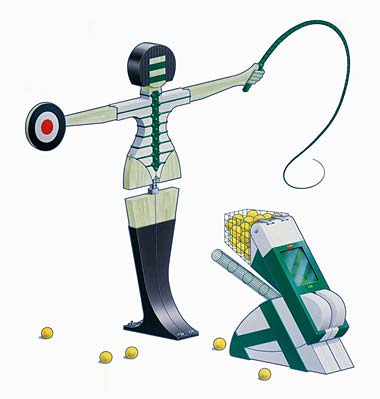Your book starts with the idea, which was very prominent and commonly believed by a large group of people, that fat–eating fat and fat in your diet, particularly animal fat–isn’t good for you and it leads to heart disease. How did that come to be accepted wisdom in the medical profession?
First, let me say I think it’s still commonly believed by most people, and the latest dietary guidelines are trying to get us to limit our fat intake, and limit our saturated fat intake. This is an hypothesis that grew out of the observations of one very zealous University of Minnesota nutritionist in the 1950s, a fellow named Ancel Keys, who came up with this idea that dietary fat raised cholesterol, and it was raised cholesterol that caused heart disease. At the time there was effectively no meaningful experimental data to support–I’ll rephrase that: There was no experimental data to support that observation. It seemed plausible, though. It seemed plausible, compelling. Keys was a persuasive fellow. And by 1960 or so, the American Heart Association (AHA) got behind it in part because Keys and a fellow-proponent of this hypothesis, a cardiologist from Chicago named Jeremiah Stamler, got onto the AHA, got involved with an ad hoc committee, and were able to publish a report basically saying we should all cut our fat intake. This was 1961. Like I said, no data to support it; no experimental data at all. And once the AHA got behind it, it got a kind of believability. The attitude was: It’s probably right, and all we have to do is test it. Or, we’re going to believe it’s true, but we don’t have the data yet because we haven’t done the tests yet.
And researchers start doing the tests, experimental trials, taking a population. For instance, a famous study at the VA hospital in Los Angeles, where you randomize half of them to a cholesterol-lowering diet which is not actually low in fat, by the way–it’s low in saturated fat and high in polyunsaturated fat. And then the other half of your subjects eat a control diet and you look for heart disease over a number of years and see what happens. And trial after trial was sort of unable to prove the hypothesis true. But the more we studied it, the more people simply believed it must be true. And meanwhile, the AHA is pushing it; other observations are being compiled to support it even though in order to support it you have to ignore the observations that don’t support it. So, you pay attention to the positive evidence, ignore the negative evidence. One Scottish researcher who I interviewed memorably called this “Bing Crosby epidemiology” where you “accentuate the positive, eliminate the negative.” Basic human nature. But this is what happened. And as the AHA gets behind it, the journalists see the AHA as honest brokers of information on this, so they have no reason to doubt the AHA. And the AHA was honest brokers–they just were bad scientists. Or they were not scientists. So, then the press gets behind it, and as the press gets behind it, politicians begin to think maybe we should do something about it, and a Congressional subcommittee gets involved, run by George McGovern, that had originally been founded in the late 1960s to address hunger in America; and they did a lot of good things with school lunch programs and food stamps. And by the mid-1970s they were running out of things to do, so they decided: Since we’ve been dealing with under-nutrition, which is not enough food, they would get involved with over-nutrition, which is a problem of too much food and obesity and diabetes and heart disease. And they had one day of hearings, McGovern’s subcommittee, and they assign a former labor reporter from the Providence, RI, Journal to write the first dietary goals for the United States–the first document ever from a government body of any kind suggesting that a low fat diet is a healthy diet. And once McGovern comes out with this document, written by a former labor reporter who knew nothing about nutrition and health; now the USDA feels they have to get involved; and you get this kind of cascade or domino effect. To the point that by 1984 the National Institute of Health (NIH) holds a consensus conference saying that we have a consensus of opinion that we should all eat low fat diets, when they still don’t have a single meaningful experiment showing that a low fat diet or cholesterol lowering diet will reduce the risk of heart disease, or at least make you live longer. Because a few of the studies suggested that you could reduce the risk of heart disease but you would increase cancer. And not one study–the biggest study ever done, which was in Minnesota, actually suggested that if you put people on cholesterol-lowering diets you increase mortality; they had more deaths in the intervention group than the control group. (…)
Japanese women in Japan have very low rates of breast cancer. So when Japanese women come to the United States, by the second generation they have rates of breast cancer as high as any other ethnic group, and one possibility is it’s because they come over here and they eat more fat. But the problem with those observational studies, those comparisons, is you don’t know what you are looking at. So, you focus on fat because that’s what your hypothesis is about–and this is an endemic problem in public health–and you just don’t pay attention to anything else. So, sugar consumption is very low in Japan and very high here. So, maybe it’s sugar that’s the cause of heart disease, or the absence of sugar is the reason the Japanese are so relatively healthy; and if you don’t look at sugar, you don’t know.
{ Gary Taubes/EconTalk | Continue reading }






















